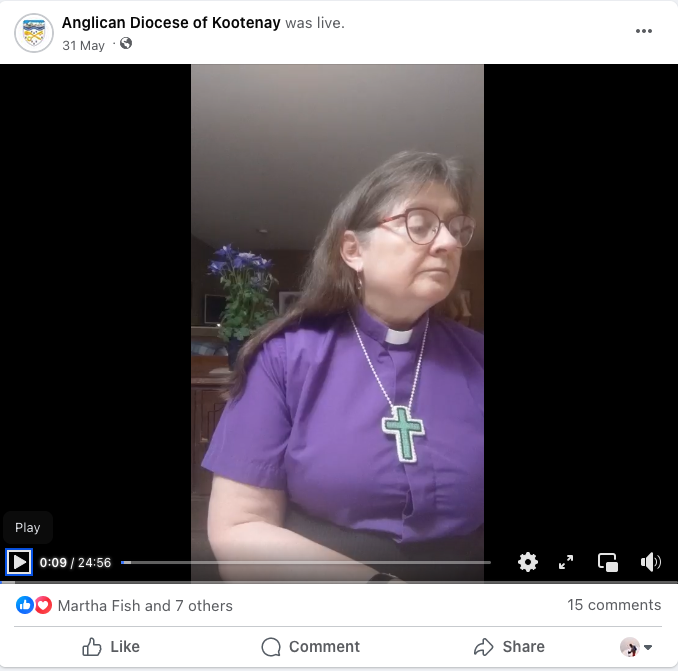2022 was a significant year for online services in the ACC. As we moved out of the Covid pandemic, dioceses and parishes had to make the decision whether to keep on with their online services or to drop them. In this blog I am reporting on the online service statistics 2022 I have received to date. These statistics appear to be showing the results of those decisions. I will be reflecting in a separate blog (“Zoom, YouTube and Bums on Pews”) on why we use the metric which we use.
But first a note of caution and acknowledgement. The data I am presenting here is partial, with 20 of 30 dioceses represented, although I expect it to be representative of the whole picture which we will see in the new year. So why present this data now? Because the patterns which are emerging are worthy of note by the wider church. In some dioceses there appear to be policy emerging, whereas in others the decision seems to be more ad hoc. With one exception, I will not be identifying individual dioceses here. The intention of this blog is to identify emerging patterns in the mission of the church rather than to single out particular groups.
So what do we see?
First, the big picture is that the provision of online services has roughly stabilised overall from 2021 to 2022. In the dioceses I have data for, there were 381 online services in 2021 and there are 371 in 2022. That represents a small decrease, but there are complicating factors in the data (like missing data from some dioceses!). If we compare the numbers of services with the number of parishes then we see that about 40% of parishes provide some kind of online service.
Secondly the picture varies enormously from diocese to diocese. Furthermore, one diocese, Toronto, accounts for almost half of the online services in this sample. The dioceses can be placed in four groups:
a) Diocese which report no online services at all. Some of these have never had online services. Some of them had online services in 2020 and or 2021, but report no such services now. In my sample of 20 dioceses there were 6 which reported no online services.
b) Dioceses which have significantly reduced the number of online services. Four dioceses reported substantial reductions in the number of services. Typically these were from 12 online services in 2021 to four in 2022.
c) Diocese which reported an approximately stable number of online services. This was the largest group both in terms of the number of dioceses and the number of parishes. Toronto was a part of this group. Toronto is also the only diocese which reports an online service for every parish.
d) One diocese reported doubling the number of online services from 2021 to 2022, from 10 to 20 services, which represents about half of parishes in that diocese.
These number suggest that in some dioceses there have been policy decisions about the provision of online services. Some dioceses have evidently decided not to go ahead with them, some dioceses have decided to promote them. Some dioceses may never have seen the need for them because of their particular situation through the pandemic. It is impossible to know how intentional the patterns in online services have been in many dioceses. Is the stability of numbers due to encouragement from the diocesan office or a dogged individual determination by the parish priest or lay leader? Is the decline in numbers due to a considered withdrawal from this form of worship or to the burn-out of those needed to do the additional work?
As a church statistician I am always aware that the numbers I report conceal the stories of people’s lives. The numbers of baptisms each hopefully represent a moment of joy for the individual and the church. Each funeral is a complex mixture of the emotions of grief for the families and friends of the departed. In the numbers of online services, I see communities which are potential growing points for the ACC; I see elders and mobility-challenged people who are able to access worship; I see connections across the country which maintain relationships. In the number of online services we still have, I see hope for the future. In the fact that these services are enduring for years beyond Covid, I see a maturing form of worshipping community.
